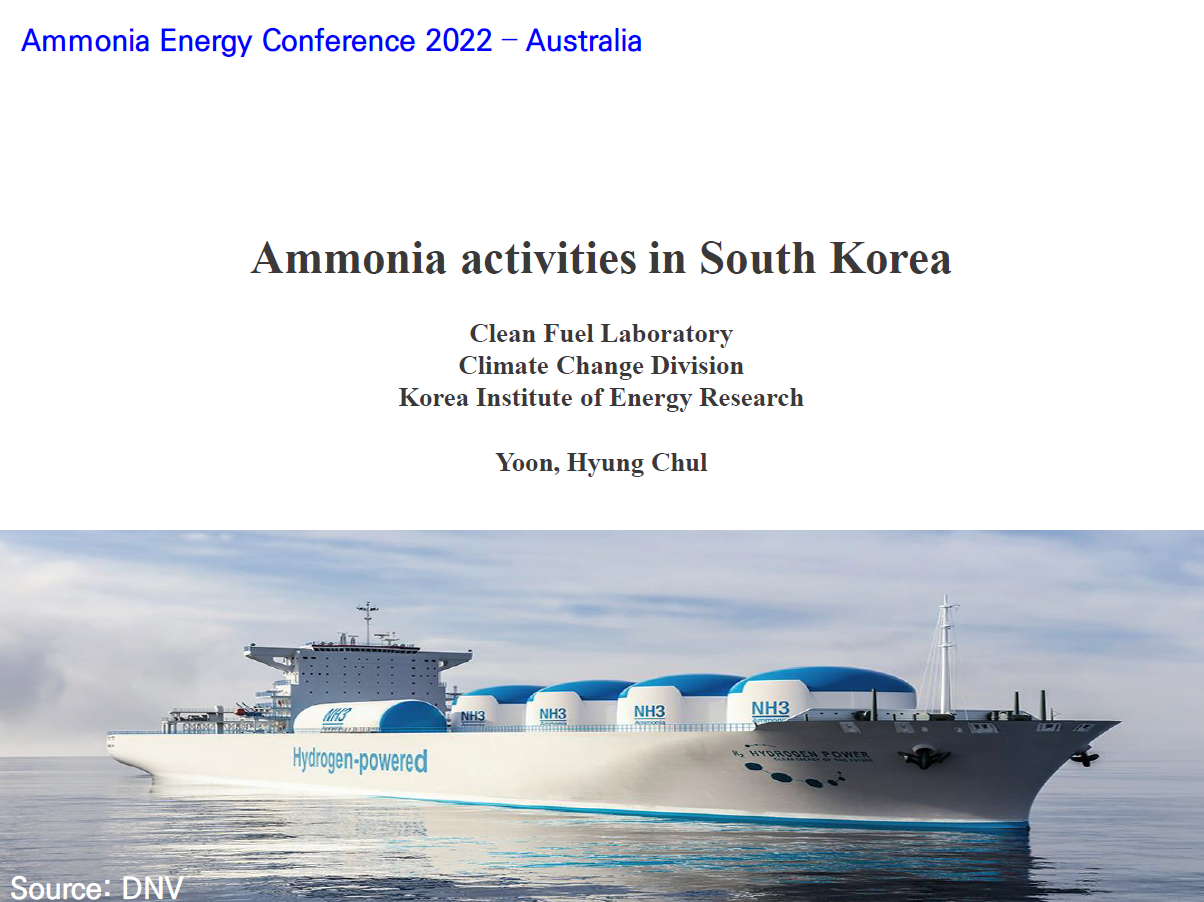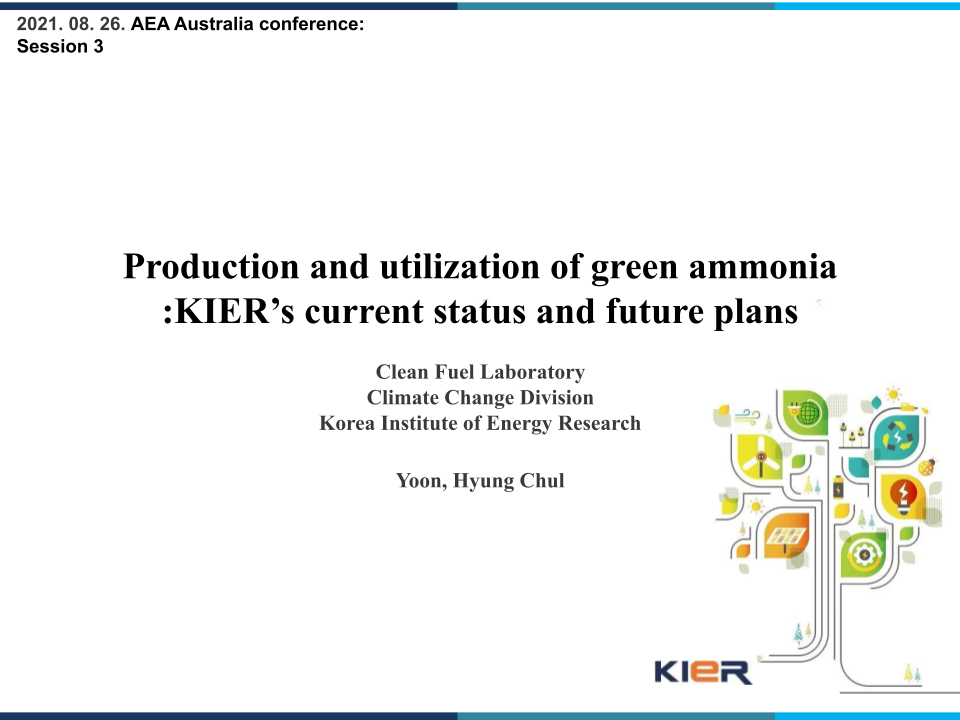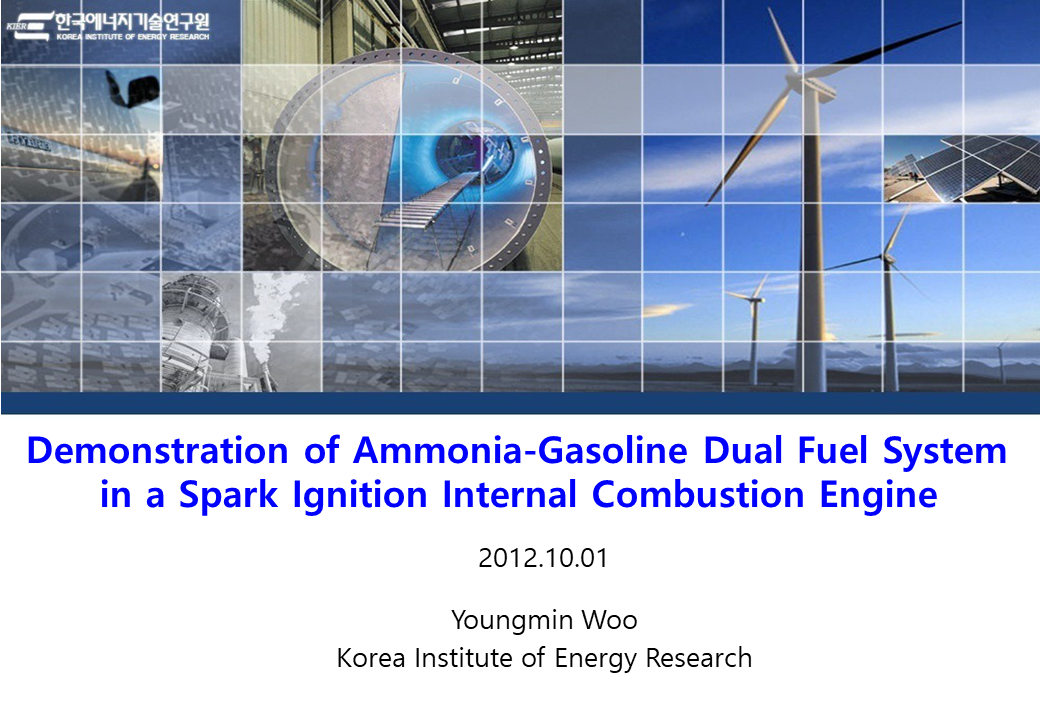Green ammonia, a carbon-free chemical, has been drawing much attention as a hydrogen carrier and carbon-neutral fuel for trading green hydrogen and building a carbon-neutral society, respectively, because it has higher volumetric hydrogen content and energy density than liquid hydrogen. And the infrastructure for storing and transporting ammonia is already in place. To implement green ammonia into the current energy systems, technologies on low-cost green ammonia production, decomposition, and utilization are essential. This presentation will show the KIER’s current status and perspective on the development of low-cost green ammonia production and utilization.


